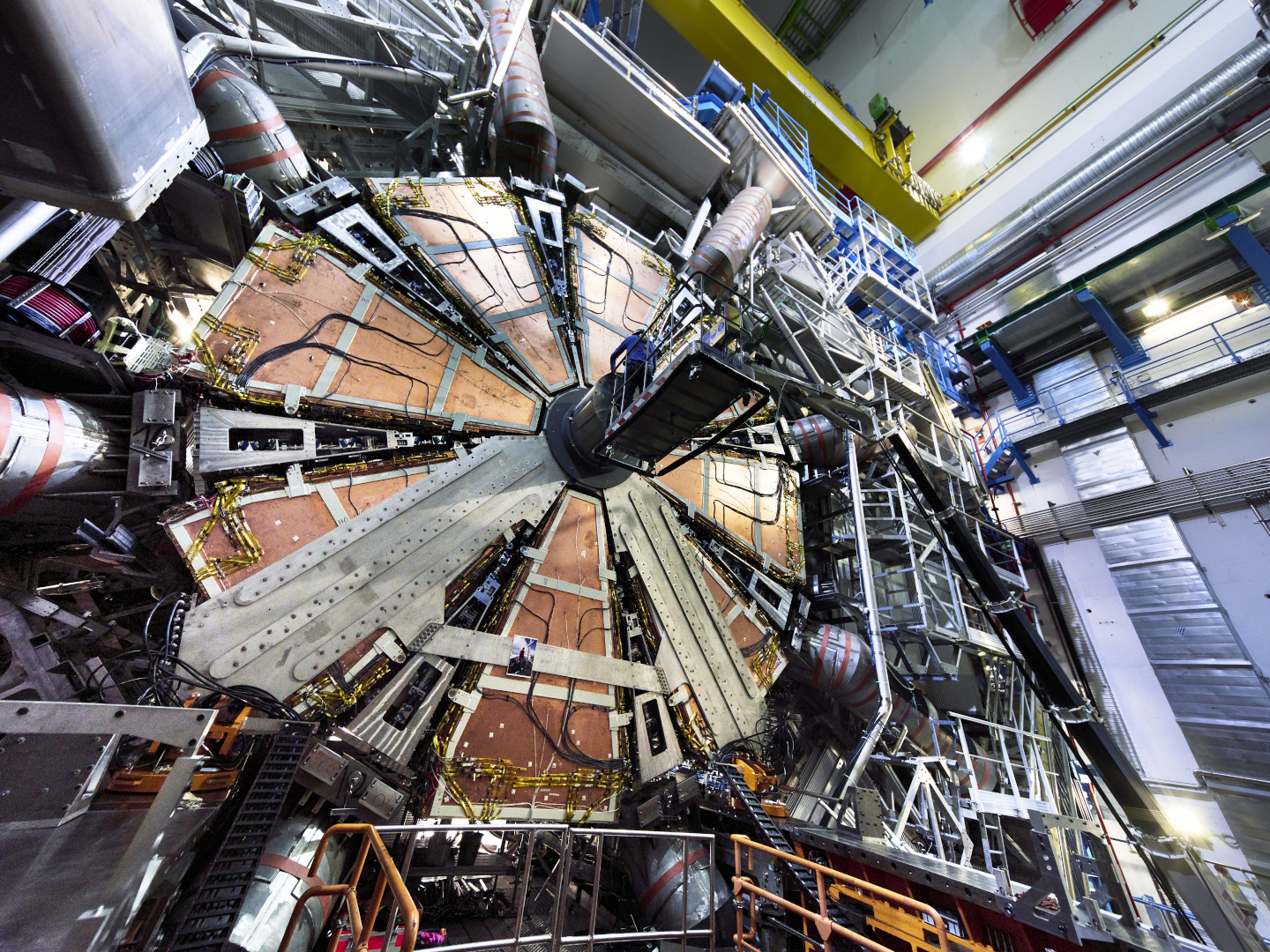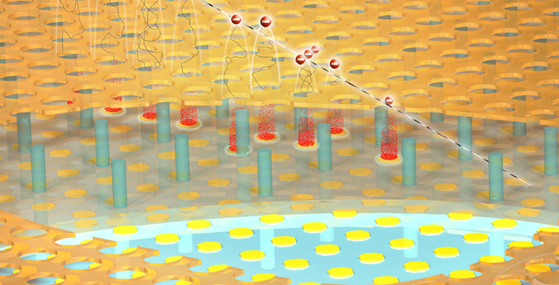Research Focus
Throughout human civilization we have advanced through our clever and judicious application of tools. Some primordial ancestor picked up a rock and realized that they could use that rock in order to extert influence on its surroundings that it could not without the rock. Perhaps that ancient ancestor brok apart a seed and was then able to see what was what was previously unknown inside of it. It began the process of learning more about the basic nature of its environment through the application of tools. At some point later, some other primordial hominid realized that if it could sharpen one side of the rock, then they could cut smaller things and learn even more about their world. This process continued down through the ages with pregressively sharper rocks until today when we have created our sharpest rock in the Large Hadron Collider (LHC).
The ATLAS Experiment
Part of my research focuses on the ATLAS Experiment which is one of the giant particle detectors that examines collisions between subatomic particles created in the LHC. I am a member of the community of scientists which operates and maintains the Muon Spectrometer in ATLAS, especially the New Small Wheel, of which a large fraction was built in my lab at Carleton.

I also have an interest in using the LHC data to look for signals of novel physics processes. I am currently focusing on the search for two possible Dark Matter signatures called 'Emerging Jets' and 'Soft Unclustered Energy Patterns (SUEP)'. These difficult to detect signatures would herald the existence of a complex dark sector of particles that exists in parallel to the Standard Model would could explain the abundance if invisible matter whos effect we observe in the larger universe.
Gaseous Detector R&D

I have recently begun a project examing the use and fesability of a Time Projection Chamber based on a readout with an inbuilt amplification step called a GridPix. GridPix devices are a fusion of a solid state pixelized readout chip called a TimePix and a gaseous detector amplification grid called a MicroMegas. By aligning each hole in the micromesh with a pixel on the TimePix, individual primary electrons can be collected on different pixels allowing for the most precise possible measurement of the energy deposited in a gasseous detector. This allows for high precision 4D tracking of incident particles and could be a useful technology for future particle physics experiments. I am currently seeking students interested in pursuing this project as an MSc.